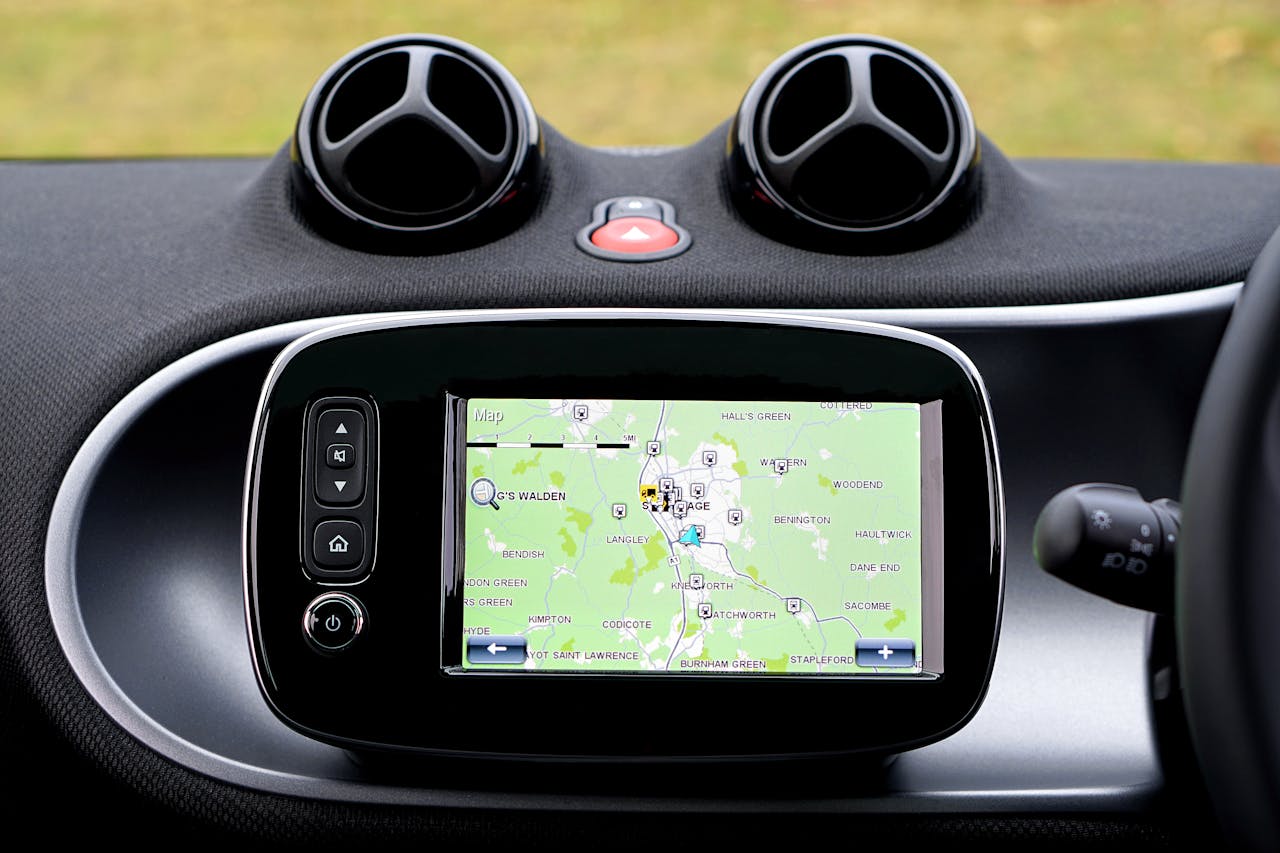Artificial intelligence is changing the way we shop, work, and live—often in ways we don’t even notice. As AI becomes more integrated into our daily routines, it’s quietly making some familiar products obsolete. For shoppers, this shift means rethinking what we buy and how we use everyday items. Understanding which products are disappearing due to AI can help you adapt, save money, and make smarter choices at the grocery store and beyond. Let’s explore ten everyday products that are disappearing thanks to the rise of artificial intelligence, and what this means for your household and wallet.

1. Paper Maps
Remember the days of unfolding a giant paper map in the car or at the kitchen table? AI-powered navigation apps like Google Maps and Waze have made paper maps nearly extinct. These digital tools use real-time data and machine learning to provide up-to-the-minute directions, traffic updates, and even alternate routes. For most people, the convenience and accuracy of AI navigation means paper maps are now gathering dust in drawers—if they’re even there at all.
2. Physical Checkbooks
AI-driven banking apps and digital payment systems have made writing checks a rare event. With features like mobile check deposit, instant transfers, and automated bill pay, the need for physical checkbooks is fading fast. AI also helps detect fraud and manage spending, making digital banking safer and more efficient. If you still keep a checkbook in your purse or desk, you might notice it’s being used less and less each year.
3. Traditional Thermostats
Smart thermostats powered by AI, such as Nest and Ecobee, are replacing old manual models. These devices learn your schedule, adjust temperatures automatically, and help reduce energy bills. They can even be controlled remotely from your phone. As more homes adopt smart technology, traditional thermostats are becoming a thing of the past, making way for more efficient and personalized climate control.
4. Printed Coupons
Clipping coupons from newspapers or flyers used to be a weekly ritual for many shoppers. Now, AI-driven apps and loyalty programs offer personalized digital coupons based on your shopping habits. These platforms use machine learning to predict what you’ll buy and deliver relevant discounts directly to your phone or email. This shift not only saves time but also ensures you get deals on products you actually use.
5. Standalone GPS Devices
Before smartphones, standalone GPS units were a must-have for drivers. Today, AI-powered navigation apps have made these devices nearly obsolete. Your phone can now provide real-time traffic updates, reroute you around accidents, and even suggest the fastest way to your destination. The convenience and constant updates offered by AI mean that standalone GPS devices are rarely seen in cars anymore.

6. Basic Alarm Clocks
AI has turned our smartphones into multi-functional devices, including alarm clocks. With features like sleep tracking, smart alarms that wake you during light sleep cycles, and integration with other smart home devices, traditional alarm clocks are fading away. AI-powered apps can even suggest optimal bedtimes and wake-up times based on your schedule and sleep patterns, making the old-fashioned alarm clock less relevant.
7. Printed Instruction Manuals
AI chatbots and digital assistants are replacing printed instruction manuals for everything from appliances to electronics. Instead of flipping through a thick booklet, you can now ask your device or search online for instant, personalized help. Many companies use AI to provide step-by-step troubleshooting and support, making printed manuals unnecessary for most consumers.
8. Disposable Cameras
The rise of AI-powered smartphone cameras has all but eliminated the need for disposable cameras. Modern phones utilize AI to enhance photos, suggest the best angles, and even automatically edit images. This technology enables easy capture of high-quality photos anytime, anywhere, without the hassle or waste associated with disposable cameras.
9. Basic Calculators
AI-powered apps and voice assistants can now handle complex calculations, conversions, and even budgeting tasks. While basic calculators still exist, most people rely on their phones or smart devices for quick math. These tools can interpret natural language queries, making them far more versatile than a simple calculator.
10. Physical Grocery Lists
AI shopping apps and smart home devices are making handwritten grocery lists a thing of the past. These apps can track your pantry, suggest recipes, and automatically add items to your shopping list based on your habits and preferences. Some even integrate with online grocery delivery services, streamlining the entire process from planning to purchase. This not only saves time but also helps reduce food waste by ensuring you buy only what you need.
Navigating a Smarter Shopping Future
As AI continues to evolve, it’s reshaping the products we use every day, often in subtle but significant ways. For shoppers, this means embracing new tools and letting go of old habits. Staying informed about which everyday products are disappearing because of AI can help you make better choices, save money, and simplify your life. Whether it’s switching to digital coupons or upgrading to a smart thermostat, adapting to these changes can make your daily routine more efficient and enjoyable.
What everyday product have you stopped using because of AI? Share your thoughts and experiences in the comments below!
Read More
The 10 Best and Worst Supermarkets in America, Ranked by Prices and Quality
8 Reasons You Keep Paying More at Walmart Than Target
The post 10 Everyday Products That Are Disappearing Because of AI appeared first on Grocery Coupon Guide.







